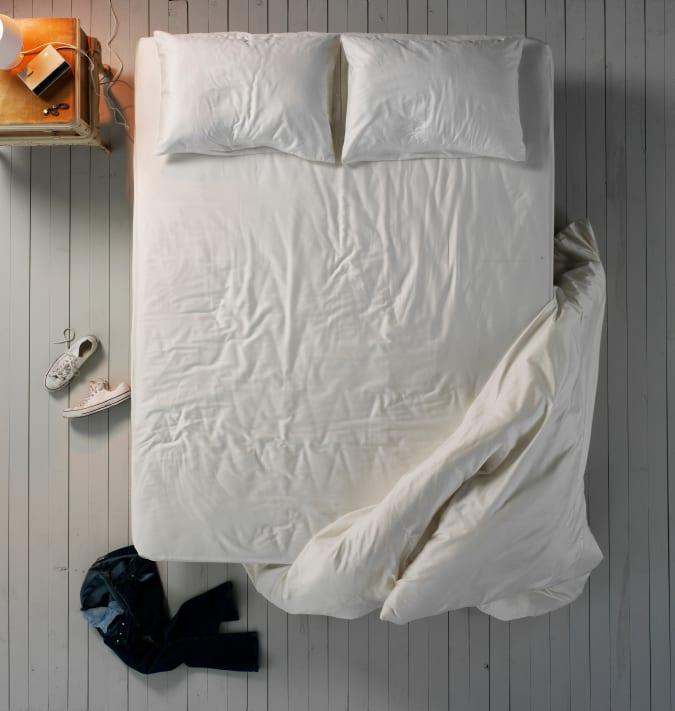Your partner’s sleeping patterns often influence your own, whether you like it or not, a new study has found.
Using data from more than 47,000 couples who are part of the UK Biobank and then replicated using data from 127,000 couples who consented to participate in 23andMe research, scientists from the University of Bristol found that couples were correlated in numerous aspects of sleep such as how long the sleep, whether they wake up early or go to bed late and even how restless they are in the night.
Not only this, but the research used genetic data to show that these correlations were likely to be causal, meaning that partners were influencing each other’s sleep patterns.
The study found that people who slept for longer tended to have partners who also had a longer night’s sleep, and that bedtime and wake-up times were aligned between couples. However, couples differed based on their “chronotype” — their morning or evening preference – meaning if one was a morning person, the other tended to be a night owl. The researchers also noted that those with insomnia tended to be more likely to report snoring by their partner.
There is a lot packed into the study. Some of it touches on what is called assortative mating — the notion that we’re more likely to partner up with people with similar traits. But more importantly, it also reveals that couples who are different in their sleep preferences and traits could, over time, adopt the sleep patterns of their partner. The study suggests that in the long term, there’s a convergence among couples in how long they sleep.
“This highlights the importance of considering both partners in sleep health interventions,” said Rebecca C Richmond, Ph.D., lead author of the study and a senior research fellow in Molecular Epidemiology at the University of Bristol.
The study used an impressive range of data on sleep, not just based on questionnaire measures but also genetic data and movement data from wearable devices. The study is also significant for its size. Sleep studies involving couples tend to include just a few hundred couples, whereas this involves two separate research cohorts with tens of thousands of individuals.
Read the complete study in the journal Communications Biology.




